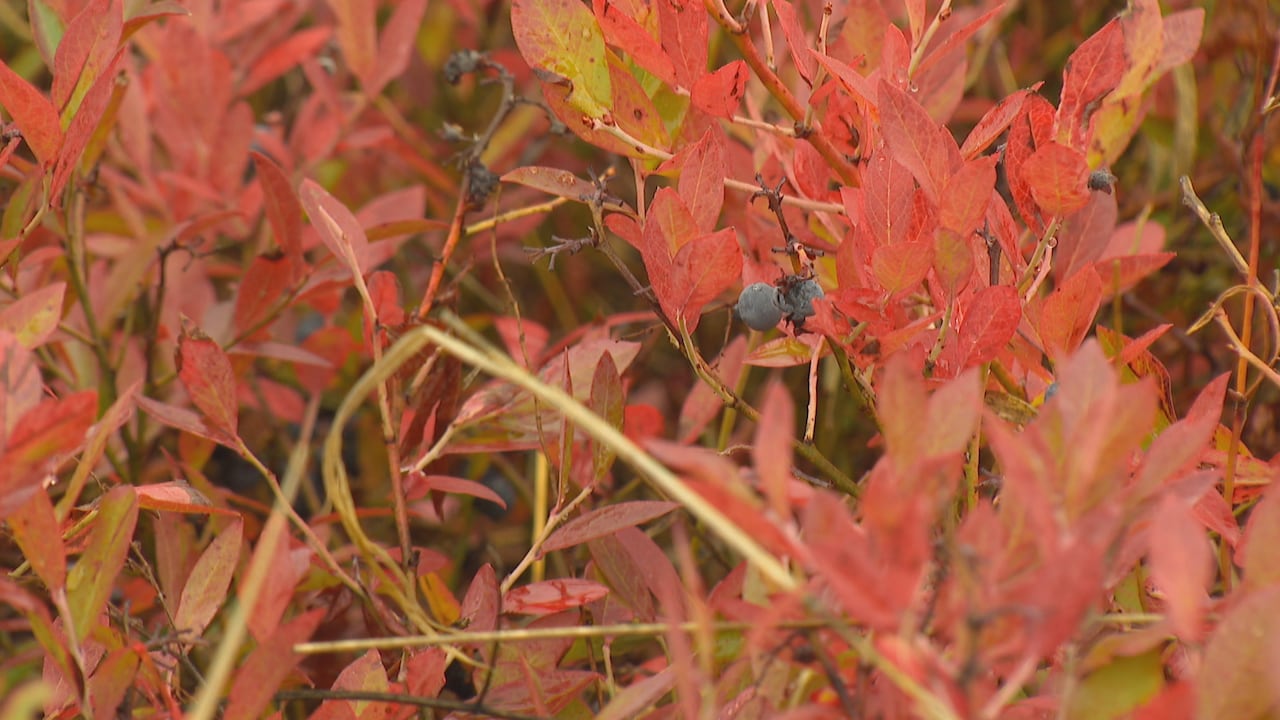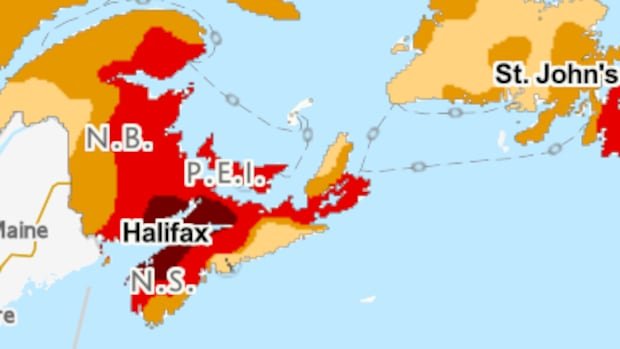An Acadia University professor takes calls about the drought in Nova Scotia.
Ian Spooner says he recently heard from a homeowner in the Annapolis Valley who said his well had gone dry for the first time.
“They have to bring bottled water,” Spooner said. “And his question was: Will this ever be recovered?”
That owner is not alone. Farmers are harvesting withered crops, municipalities are mandating water conservation, and many people are facing dry wells.
Parts of Nova Scotia and New Brunswick are experiencing what is called exceptional drought, the most extreme category nationally.
According to the latest data from the Canadian Drought Monitor, which includes information as of September 30, southwestern Nova Scotia and southeastern New Brunswick are experiencing a once-in-50-year drought.
“We typically don’t take 50-year events, or the exceptional drought category, very lightly,” said Trevor Hadwen, a specialist with Agriculture and Agri-Food Canada, adding that similar conditions were last seen in Nova Scotia in the 1960s.
The monitor’s analysis shows several Nova Scotia cities experienced the driest three-month periods on record. Among them, Amherst, Greenwood and Truro recorded the driest three-month periods on record, while Halifax had the third driest three-month period.
The province received less than 40 per cent of its normal rainfall, with the largest rainfall deficits along the Bay of Fundy and the western half of the province.
Spooner says he’s never seen anything like it.
“What’s exceptional is not just the lack of rainfall, but the incredibly long periods of time between any rainfall,” he said.
The food supply chain under stress
The monitor’s analysis also reports that the entire agricultural landscape of the Atlantic region was classified as abnormally dry, or worse.
“Overall, agricultural, ecological and water supply systems remain under severe stress,” he says. “Widespread hydrological and agricultural impacts were reported, including stressed crops and significantly reduced yields of apples, corn, silage, beans, carrots and blueberries, squash and potatoes.”
Hadwen says the consequences can be long-term after so much drought, as plants’ roots are too stressed and may not be able to grow to their full size.
“We need moisture in the soil before it freezes to benefit those plants, regenerate those root systems and increase our water supplies,” he said. “And then we’ll also need a lot of moisture in the spring to help with recovery.”
It is not only affecting human nutrition.
Alicia King, president of the Nova Scotia Federation of Agriculture, says some farmers may not have enough feed for their livestock as grasslands wither.
“We’ve personally been feeding cattle since July and that’s the feed we would store to use in the winter,” he said.

“I don’t think being afraid helps.”
While the situation is grim, Spooner says he is always trying to reassure people who call him with questions about the drought.
He says before people rush to drill new wells, they should research the hydrology of their land and try to stay informed.
“I don’t think being afraid helps at all. But I think being proactive and thinking about these types of situations, and how we can be a little more…prepared for an event like this, that might be something we start thinking about,” he said.
MORE TOP STORIES









